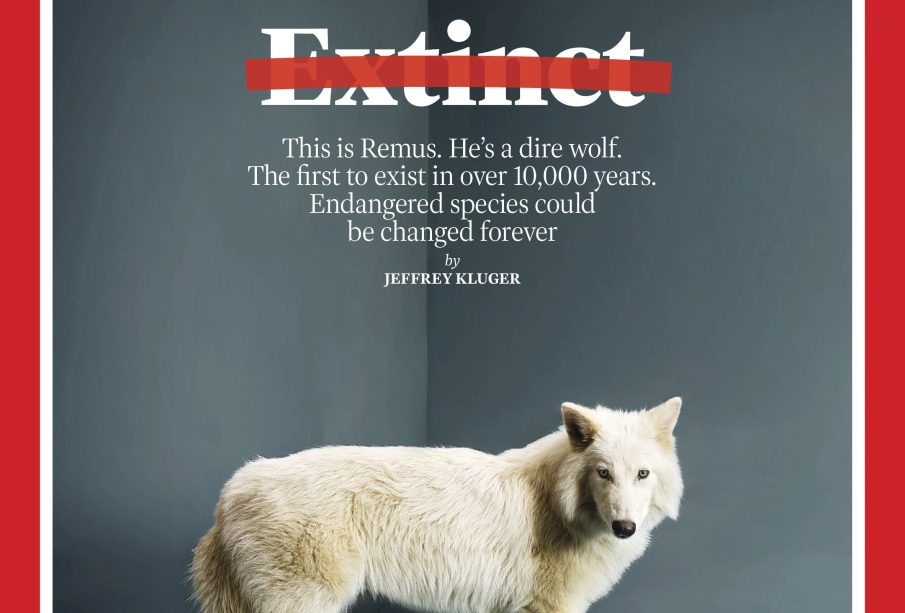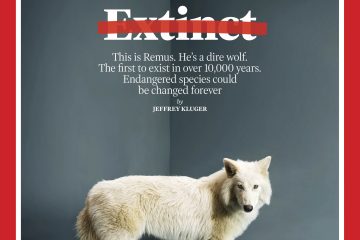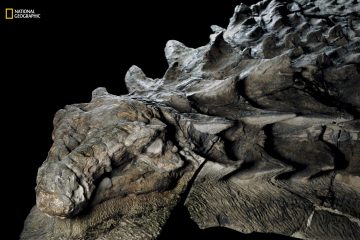The Dire Wolf: An Extinct Animal of the Pleistocene Era

Introduction: Understanding the Dire Wolf’s Place in History
The dire wolf (Canis dirus) is one of the most famous extinct animals, primarily due to its association with prehistoric ecosystems and its depiction in popular culture, notably in the ‘Game of Thrones’ series. This apex predator roamed North America during the Pleistocene epoch, approximately 250,000 years ago until its extinction about 10,000 years ago. Understanding the dire wolf helps us to grasp the complexities of ancient ecosystems and the factors that can lead to extinction.
Physical Characteristics and Habitat
The dire wolf was larger and more robust than its modern relative, the gray wolf, featuring a massive skull and powerful jaws, which were well adapted for hunting large prey. Weighing between 110 and 150 pounds, these creatures had a strong, muscular build, with long legs and large teeth designed for crushing bone. The dire wolf thrived in diverse habitats ranging from the open plains to densely forested areas across North America, showcasing its versatility as a hunter.
Diet and Hunting Behavior
As an apex predator, the dire wolf primarily hunted large herbivores, including prehistoric versions of deer, bison, and even horses. Fossils found in the La Brea Tar Pits in Los Angeles reveal evidence of dire wolf packs working together to take down larger prey, similar to modern wolf hunting strategies. Their fossilized remains often appear alongside thousands of other species, providing important clues about the ecosystems of the time.
Causes of Extinction
Despite being a dominant predator, the dire wolf eventually faced extinction, likely due to a combination of factors. Climate changes at the end of the Pleistocene led to habitat loss, while the decline of large prey species diminished their food supply. Furthermore, competition with other carnivorous mammals and the potential impact of human activity, including hunting, may have contributed to their decline. The interplay of these factors showcases the vulnerabilities of species within rapidly changing environments.
Significance of Dire Wolves Today
The dire wolf captivates researchers and the public alike, providing insights into the evolution of canids and the dynamics of prehistoric ecosystems. Ongoing studies of their fossils continue to shed light on their biology, behavior, and the implications of their extinction for current species facing similar challenges. As climate change and habitat destruction put modern species at risk, the lessons gleaned from the dire wolf’s history remain increasingly relevant.
Conclusion: Lessons from the Past
The story of the dire wolf serves as a powerful reminder of the fragility of ecosystems and the importance of biodiversity. Understanding the factors that led to the extinction of such an iconic predator can inform conservation efforts for current fauna under threat. As we face a modern era of climate change and habitat loss, the dire wolf stands not just as a relic of the past, but as a symbol of the ongoing struggle for survival in an ever-changing world.





